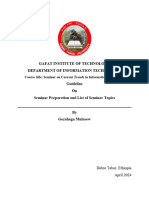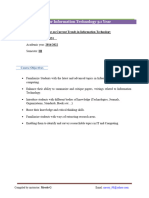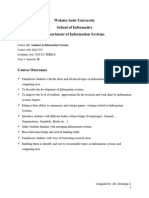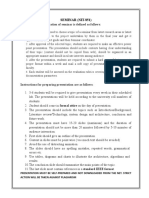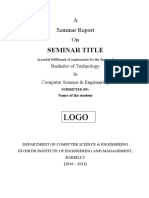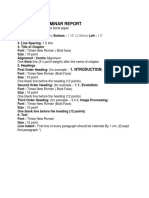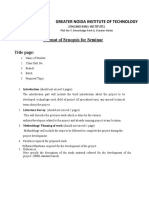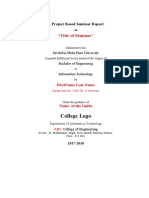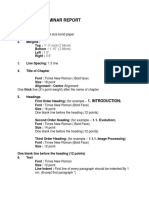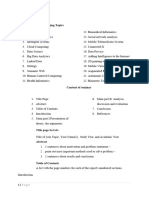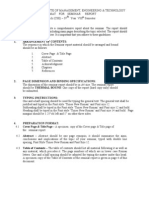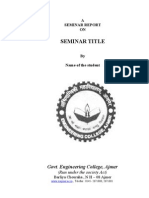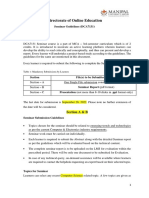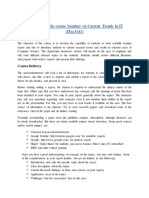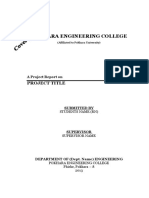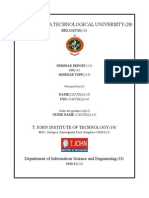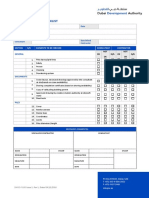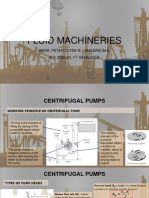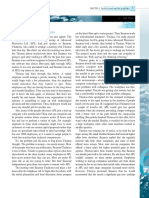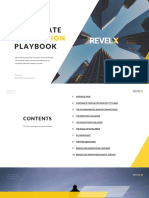0% found this document useful (0 votes)
30 views9 pagesSeminar Topics and Assignments
The document outlines a seminar course titled 'Seminar on Current Trends in Information Technology' for third-year students, detailing course objectives, definitions, and report formatting guidelines. It emphasizes familiarizing students with advanced IT topics, enhancing critical thinking, and providing a structure for seminar reports, including required contents and formatting specifications. Additionally, a list of potential seminar topics is provided for students to choose from for their reports.
Uploaded by
Dessie TibebuCopyright
© © All Rights Reserved
We take content rights seriously. If you suspect this is your content, claim it here.
Available Formats
Download as PDF, TXT or read online on Scribd
0% found this document useful (0 votes)
30 views9 pagesSeminar Topics and Assignments
The document outlines a seminar course titled 'Seminar on Current Trends in Information Technology' for third-year students, detailing course objectives, definitions, and report formatting guidelines. It emphasizes familiarizing students with advanced IT topics, enhancing critical thinking, and providing a structure for seminar reports, including required contents and formatting specifications. Additionally, a list of potential seminar topics is provided for students to choose from for their reports.
Uploaded by
Dessie TibebuCopyright
© © All Rights Reserved
We take content rights seriously. If you suspect this is your content, claim it here.
Available Formats
Download as PDF, TXT or read online on Scribd
/ 9

